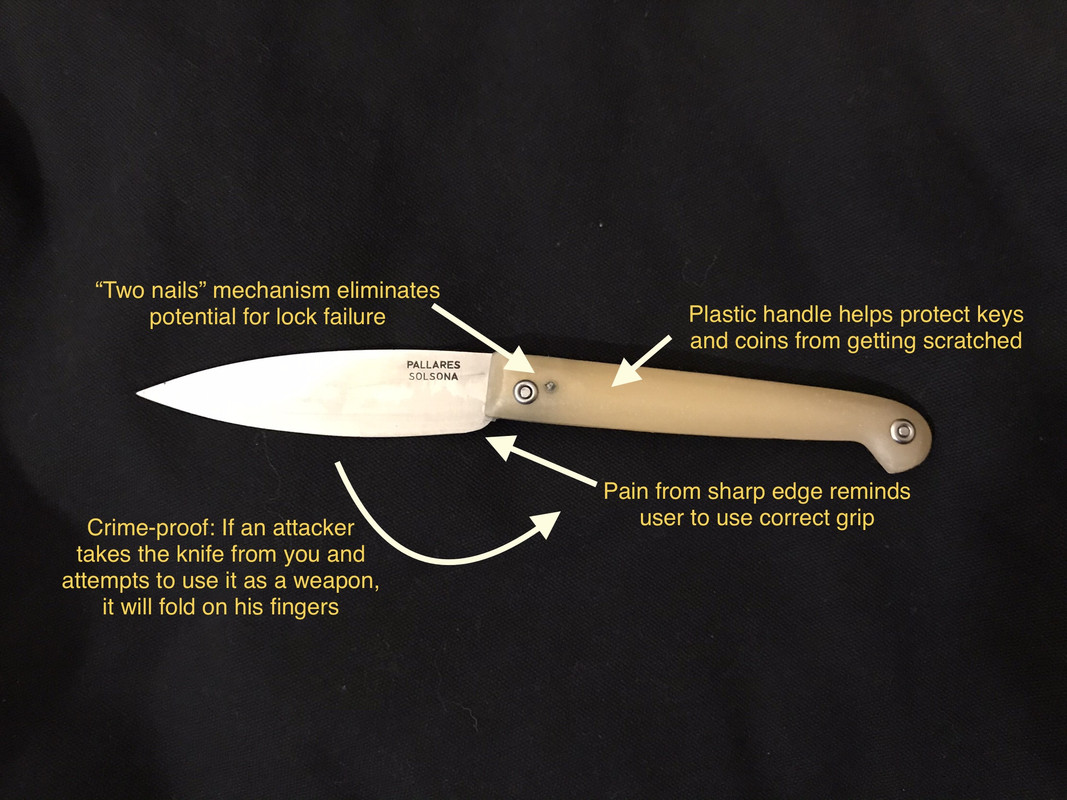I noticed when browsing the General Knife Discussion section of BF that there is usually lots of talk about the various safety features of modern knife design, and it occurred to me that more traditional designs were already rich in features which would appeal to the safety-conscious among us. I made this handy infographic to showcase a few of them:




